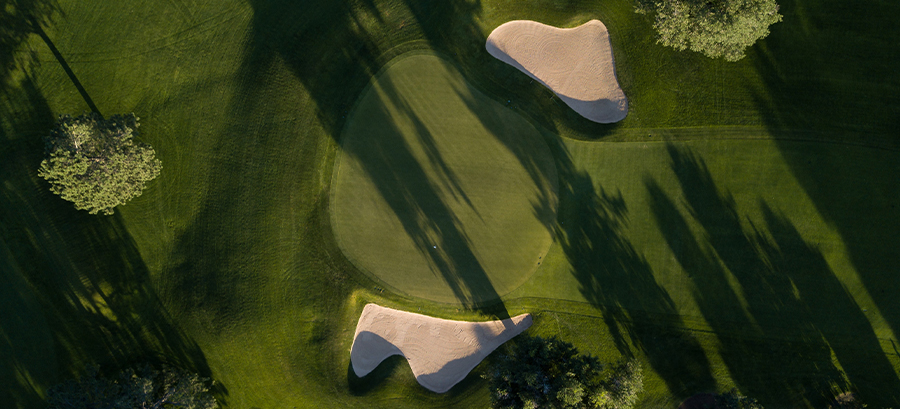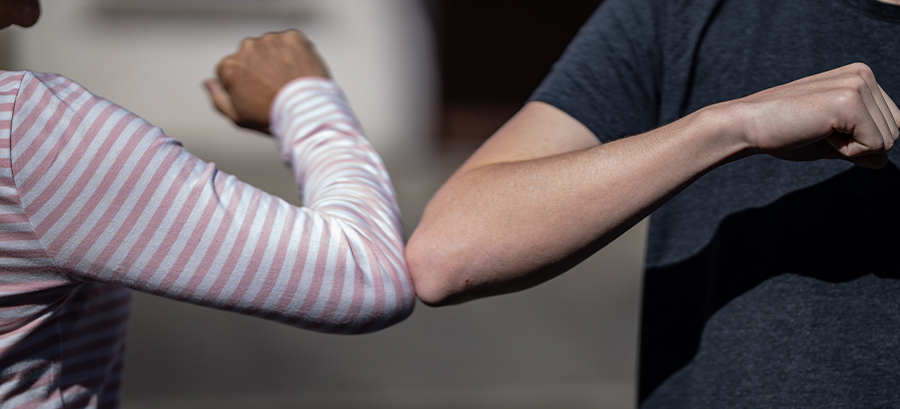Like in any sport, technology and tools are consistently improving. In golf though, especially as an individual sport, the technology at the highest level gets equally better for everyone on the tour.
Between 2006 and 2018, the PGA tour has seen the average drive increase somewhere between 0-1% year over year. One might expect this increase and the positive effect it might have on the game and how it changes the game over time.

What if there was a way to change the game? A way to change it like Billy Beane changed Baseball in 2002 with the Oakland A’s? Like the late Tony Hsieh looked at Holacracy and workplace culture at Zappos?
What if there didn’t have to be anything broken for someone to drastically improve it?
Enter Bryson DeChambeau, a true student of the game. DeChambeau turned professional in early 2016. The then 6’1”, 200lb golfer was known for being at the top of the rankings when it came to being a long-hitter with an average drive distance of 299 yards, but felt that there was something missing in his game. There had to be some advantage that other players had been missing. For decades, golfers were hitting roughly the same distance off the tee, hitting the same iron onto the green, and doing their best to shoot as low as possible.
What if he could hit a shorter iron into the green? Shave 5-10% of the distance of the course? What if we could revolutionize the game without cutting any corners (turns out he can cut more corners now) or breaking any rules?
Inspired by Happy Gilmour and his ability to hit the ball incredibly far and straight, and taking advantage of a break in the golf calendar thanks to a global pandemic, DeChambeau went to work.
Today, DeChambeau is a new man and has rejuvenated the world of golf. After months of training, a revamped diet including a 2:1 carb to protein ratio, the 27-year-old Bryson now weighs in at 245lb and has crafted a swing that has shocked the world of golf.
Over the past months, Bryson has worked to increase his swing speed by nearly 20%. Never before has the PGA tour seen swing speeds so quick. But the swing wasn’t just fast, it was straight, too. Actually, his accuracy went UP in the process.Just three years ago, Bryson’s average drive was 299 yards. Today, 344. With drives being nearly 15% longer, he is able to hit shorter irons onto the green, reaching the green in two shots on many par-5’s that should take three (often with a wedge in hand), and hit over trees and cut corners that many players just aren’t able to do with a shorter drive.

He didn’t just stop there, though. Usually, the length of the club increases from Wedge to Driver. For every player to ever play the game, that has been the case. Not for Bryson. He innovated further. Each of his driver, fairway woods, and hybrids clubs are the same length. His 4-9 irons are the same length, and his wedges are the same length. Thought that if the club lengths varied less, then he would have to master fewer swing planes. Genius. Today, Bryson is referred to as ‘The Mad Scientist of Golf’.
And the results have been no less than incredible. Not only does he have the eyes and attention of everyone in golf, but also Bryson is a seven-time PGA Tour champion and was the winner of the US Open earlier this year. Not bad, right?
Bryson was a fantastic amateur golfer, but then was average once he hit the pro tour. Since becoming a 22-year-old PGA professional, Dechambeau has been placing in tournaments and making a good name for himself. But he wasn’t going to settle with good, he wanted to be great. He didn’t look at others on tour to be inspired, he looked within and used that made him different to stand out.
To build a great place to work and to be innovative in 2020 and beyond doesn’t just require being inspired by competition; it requires a new way of looking at innovation and comparison. To build a great place to work doesn’t require a better understanding of what Google, Netflix, or Facebook is doing, it requires a better understanding of our own people and environment. Knowing that each of our teams is as unique as the players on the PGA tour. And knowing that Bryson trains different than Tiger trains, and Phil different than Rory, building a great culture means that the key to a best place to work lies within the team we already have.
The future of work isn’t space or place, it is how we treat and understand our team. How we empower the team to suggest and implement their own change, and improve on an experience that may not be broken.
Questions to ponder:
- Where are you getting your inspiration?
- How are you innovating internally?
- Who are you comparing/competing with?
What does a best culture look like on your team?
More posts
Given the Pandemic, There is Currently Something More Important Than Our Company ‘Why’
Over the past months, the pandemic has dominated the headlines. Greta Thunberg and the acute…
Most of us can vividly recall the nervous feeling right before our teachers would take…
More Than Just an Office: The Potential of the Workplace of Today
“I just want things to go back to normal.” Perhaps you have either heard or…



